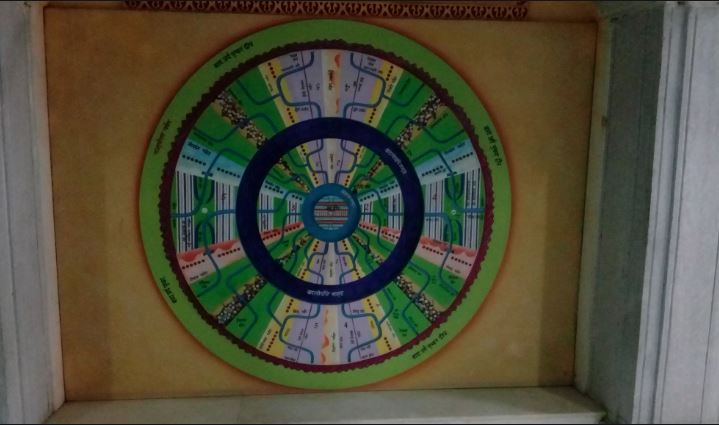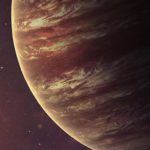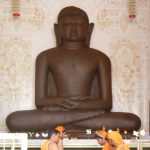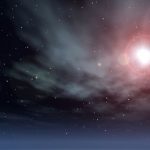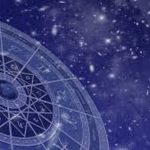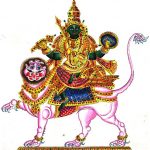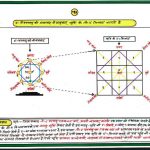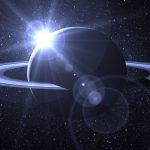NASA describes cosmology as “the scientific study of the large scale properties of the universe as a whole.” Cosmology is a science of universe from birth to death. While there are different theories from NASA like Big Bang, String Theory, dark matter, and dark energy, it is a puzzle that what is the source of the universe and whether there is one or more universe (multiverse). Long before NASA could actually discover a formula for the birth of the universe, a 3000 BC old religion born in Indus Valley Civilization gives a more complex and explicit theory of cosmology. This is known as Jain Cosmology. Read on, for more interesting facts.
Jain Cosmology – Origin Of the Universe
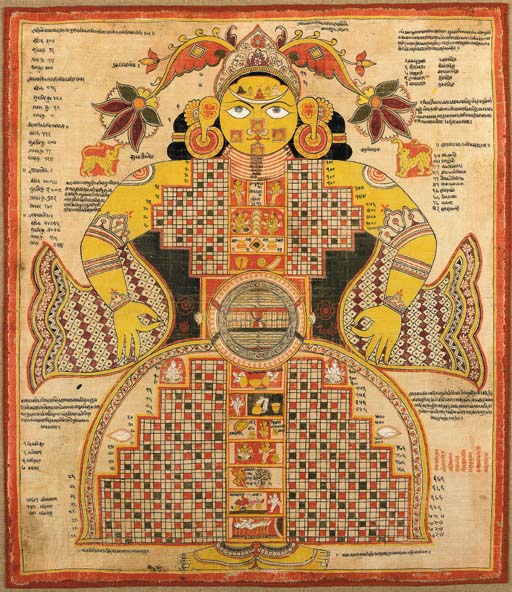
Jain Cosmology explains that the universe was never created by anyone because it always existed since infinity. There is no end or beginning to the universe. The Jain cosmology defines the shape and functioning of the universe(called Loka) and its constituents. These constituents are living beings, matter, space, time, etc).
According to texts in Jainism, a Jain cosmology diagram resembles a man standing with his legs apart and his arms on his waist. They describe the universe as broad at the top, narrow at the middle and once again becomes broad at the bottom.
The Six Eternal Substances
Jain Cosmology explains that the Universe is made up of six simple and eternal substances called Dravya, which are further divided into Jiva(Living Beings) and Ajiva(Non-Living Substances).
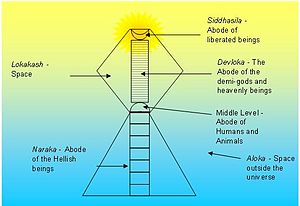
According to Jainism, like Universe, Jiva, ap[art from his human body is also eternal. It existed from and can neither be born or die. The soul enters into another body once it departs from one body. The soul consists of Chetna(consciousness) and Upayog( knowledge).
Ajiva or (Non-Living Substances) can be classified into Pudgala(matter), Dharma Dravya (Principle of Motion), Adharma- Dravya(Principle of Rest), Akasa(Space or Sky), and Kala (Time).
Jain Cosmology And Modern Science
Jain Cosmology which is as old as 3000 BC, mentions some overwhelming discoveries of modern science. The certain contributions made by Jain Cosmology to modern science are:
- Pudgala and Parmanu – They talk about Pudgala or matter. The matter is the element of the universe which constitute each and every substance in the inverse, whether its a human being or an object on the table and the table itself. They discovered that matter is classified as solid, liquid, gaseous, energy, fine Karmic materials, and ultimate particles. Paramāṇu or ultimate particle is the basic building block of all matter. They exerted that the Paramāṇu and Pudgala are permanent and indestructible. It can take any shape and has no end.
- Dharmastikya and Adharmastikya – According to this, the universe is always in a state of Motion and Rest. Dharma and Adharma are not motion or rest by itself but leads to motion and rest in other bodies in the universe. Therefore, without Dharmastikya motion is not possible and without Adharmastikya rest is not possible in the universe.
- Space – Jain Cosmology exerts everything exists in space
- Time – Time is indestructible and everything in the universe progresses with the help of time.

The Three Lokas
The Jain Cosmology talks about three Lokas of the Universe. These are:
- Upper Loka or upper world which is the abode of the Supreme Being
- Middle Loka or the middle world is the place where humans, animals, plants and other non-living being exists
- Lower Loka or lower world which consists of seven hells.
The Premise of Jain Cosmology
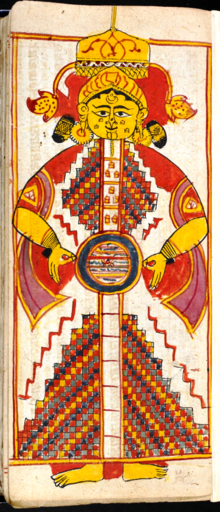
Jain Cosmology is dependant on Jain belief in reincarnation. Souls which are a unique substance in the universe, take different living forms in the cycle of birth, death, and rebirth. This cycle has been going on forever, the universe has no beginning or end, it has always been and always will be. The ultimate goal is to get rid of one’s karma on their soul so that they may end this cycle. Once the soul achieves its goals, it also attains all knowledge and it rests in the heavens forever (Nirvana).




